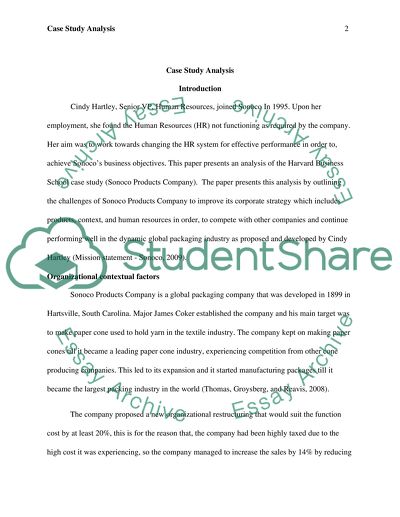Cite this document
(“Case study analysis and continuous professional development Essay”, n.d.)
Retrieved from https://studentshare.org/other/1394092-case-study-analysis-and-continuous-professional
Retrieved from https://studentshare.org/other/1394092-case-study-analysis-and-continuous-professional
(Case Study Analysis and Continuous Professional Development Essay)
https://studentshare.org/other/1394092-case-study-analysis-and-continuous-professional.
https://studentshare.org/other/1394092-case-study-analysis-and-continuous-professional.
“Case Study Analysis and Continuous Professional Development Essay”, n.d. https://studentshare.org/other/1394092-case-study-analysis-and-continuous-professional.


